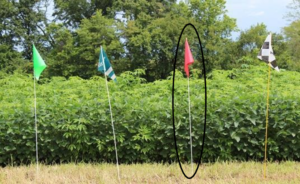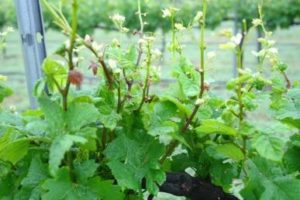By Jim Kamas (February 2018)
Among perennial deciduous fruit crops, grapevines are the most heavily pruned. Unlike many other perennial crops, measurements of one year old growth removed after dormant pruning is a common way to measure vine vigor and a vineyard’s ability to produce a crop the following season. In many vineyard experiments such as fertilizer or rootstock trials, this parameter is a vital part of the information gathered that can describe how a given treatment affects vines.

Commercial growers can use this technique to measure how a vine has fared given the previous season’s crop load and environmental conditions to help achieve a balanced and uniform block of grapevines. We have witnessed vineyards cropped at say six tons per acre per year progressively decline in vine vigor while the grower was unaware that the annual yield and the decline in vine size were related. While in experiments, pruning weights are collected from every vine, that practice is certainly not practical for commercial growers. Many experienced growers do, however mark “sentinel” vines in every block of grapes to prune, weigh and record weights on every year. Alternatively, the best means of getting a picture of what is happening in an entire block is to do a random sample of vines for a whole block comparison. The difficulty is that in order for this technique to work properly, it is essential that the selection of vines from one year to the next actually be random, a process that can be confounding for people not accustomed to this type of measurement. Either way, vines on the ends of rows, or vines that are not typical for environmental or cultural reasons should be avoided. By actually weighing vine pruning weights every year, this exercise helps calibrate a grower’s eye to discern subtle differences between varieties or sections of vineyards. A practical rule of thumb is that vineyards with less than 0.125 pounds of annual prunings per linear foot of row are considered to have undesirably low vigor while vines exceeding 0.4 pounds of prunings are considered to have excessive vigor.


